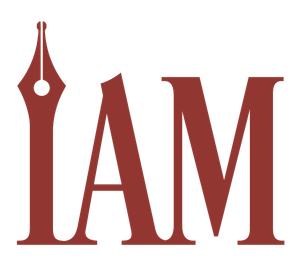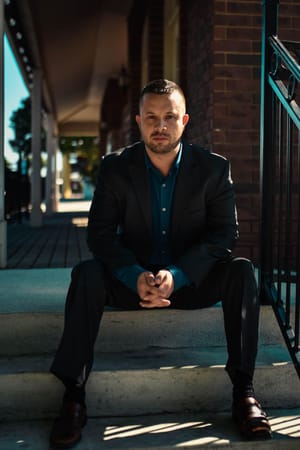How to Call an Ambulance
Various emergency numbers around the world are used to contact emergency services. Take some time to research the one used in your story’s setting. In the United States, Mexico, and Canada, you dial or text the numbers 911 to access police, fire, and EMS dispatchers. This is also true for many (but not all) South and Central American countries and for most islands in the Caribbean.
Most countries in Europe and all European Union countries use 112. In addition to 112, the United Kingdom still maintains the legacy 999 number. Many parts of the British Commonwealth around the world use 999 as well. Notable exceptions are Australia, which uses 000, and New Zealand, which uses 111. If you’re not sure, do a quick internet search to nail down the correct number.
Who Shows Up
First and foremost, don’t call the first responders who show up in the ambulance “ambulance drivers.” This is like calling an architect a “pencil pusher.” Sure, it’s sometimes a correct task description, but it’s far from the only job done by the responding medical teams. In many parts of the world, including the US, UK, and Canada, you’re safe calling the responders “paramedics,” the most highly trained designation for field medical providers.
Some countries have medical doctors or registered nurses who respond with ambulances along with paramedics. Take some time to familiarize yourself with how the EMS system works in your character’s location. You can usually do this by country, since many have centralized emergency services organizations.
The US doesn’t have a single centralized model for ambulance services. Instead, a mishmash of different services provides emergency medical care. This includes fire department ambulances seen in many major East Coast cities and communities like New York, Philadelphia, and Baltimore. Others contract with private ambulance companies to provide care and transport in their jurisdictions. This is more common in communities on the West Coast, though the practice is spreading in other parts of the country. Lastly, a few communities even have ambulances run by police departments. The paramedics there may also be police officers, which could create an interesting twist in a story.
How to Get a Clear Picture
Most emergency service departments have a public information officer (PIO) you can contact using a website contact form or by email. These individuals will often happily answer questions about how services are provided in their communities and who provides those services. Make a list of the questions you have or a brief elevator pitch of the scene you have in mind and reach out to them. Believe me, those of us who have worked in the profession want authors to get it right when representing us on the page.
Correct details about ambulances and the professionals who crew them will add a realistic texture to stories written in a modern world. They also serve to help educate the public about what to expect should they need to dial their local emergency response number. By taking some time to learn about how these services work for characters, you will help keep readers engaged and ready for the next danger presented in your book.
Jamie Davis is a registered nurse, retired paramedic, author, and nationally recognized medical educator who began teaching new emergency responders as a training officer for his local EMS program. He loves everything Fantasy and Sci-Fi, especially when stories intersect with his love of medicine or gaming. Learn more at https://jamiedavisbooks.com.










